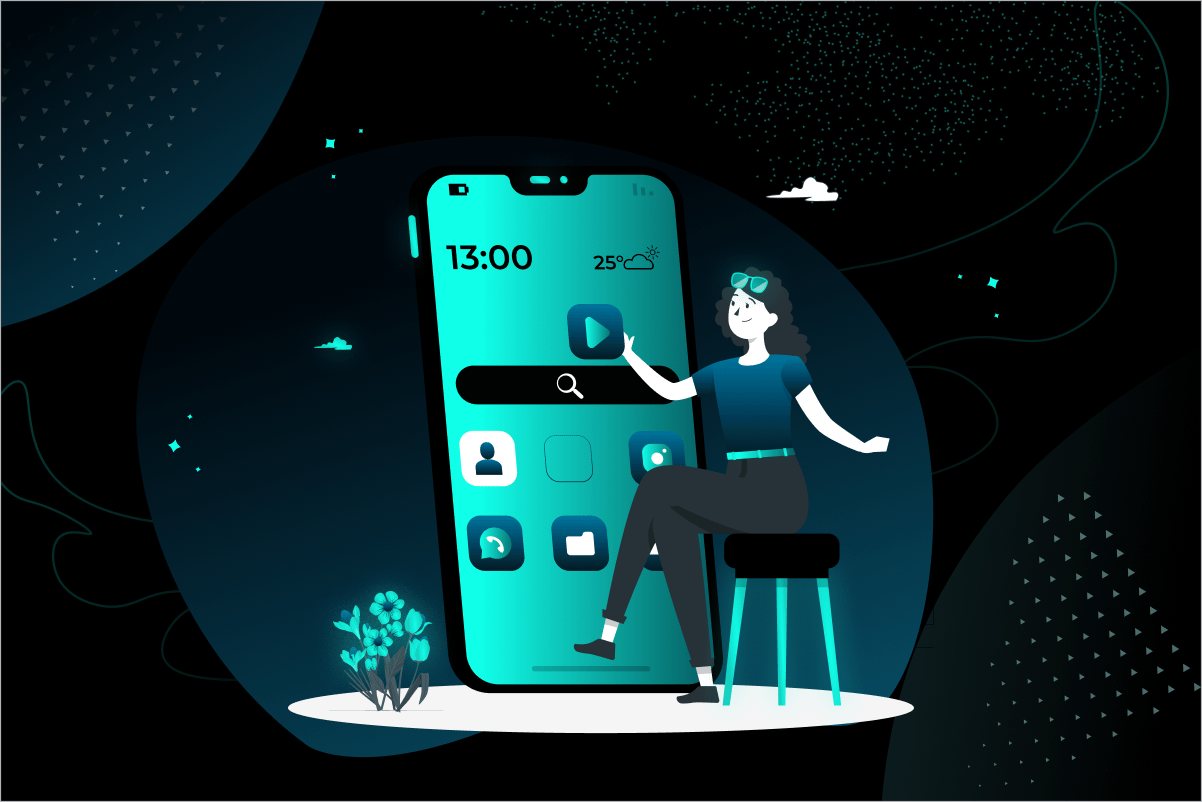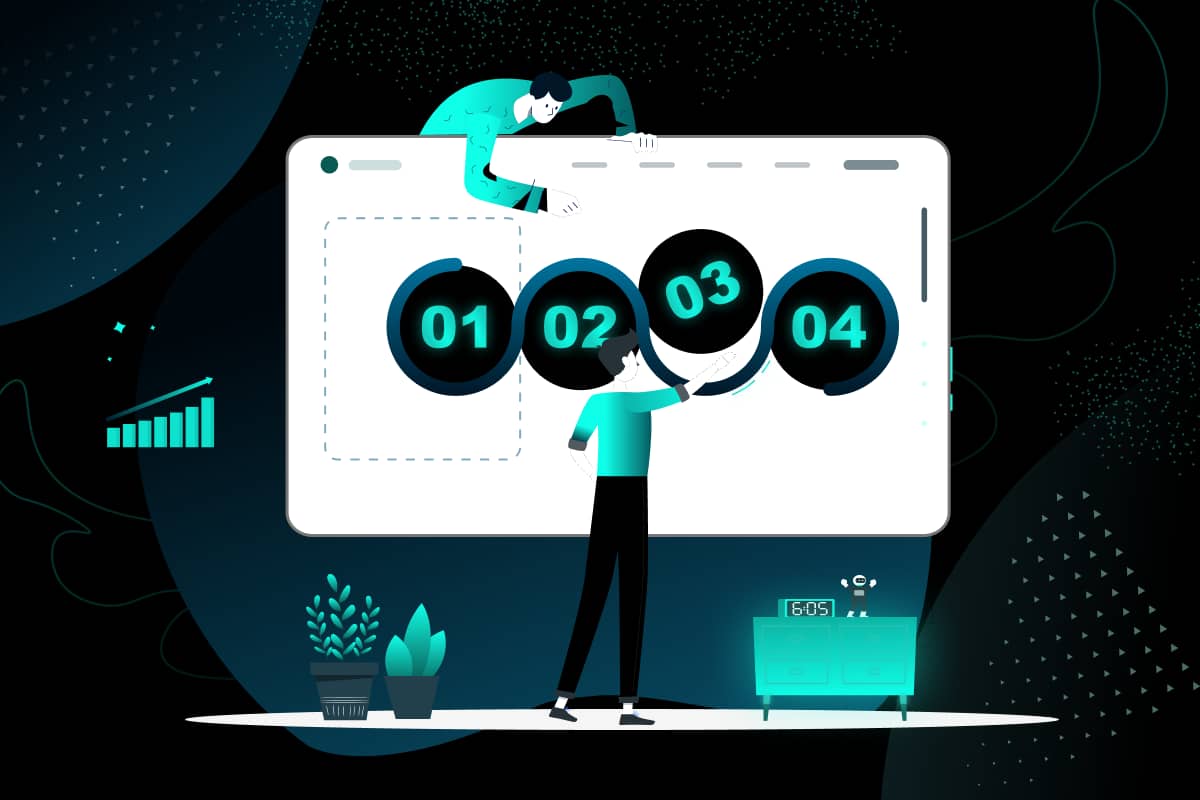The rapid evolution in the world of mobile technology has escalated the significance of mobile app designs. An app’s design has now emerged as a critical parameter defining the app’s success or failure. Users tend to gravitate towards mobile apps that provide a seamless, intuitive, and engaging experience, and a lot of this experience hinges on the app’s design.
Mobile app designs substantially impact the app’s usability, functionality, and overall user experience. By incorporating these essential mobile app design trends/elements, you can create an app that stands out in today’s competitive marketplace. The ultimate goal should always be to create a user-friendly, aesthetically pleasing, and efficient app that meets the needs and expectations of your users.
This article focuses on essential elements of effective mobile app designs that can facilitate enhanced user satisfaction, engagement, and overall user experience.
1. Simplicity is the Key
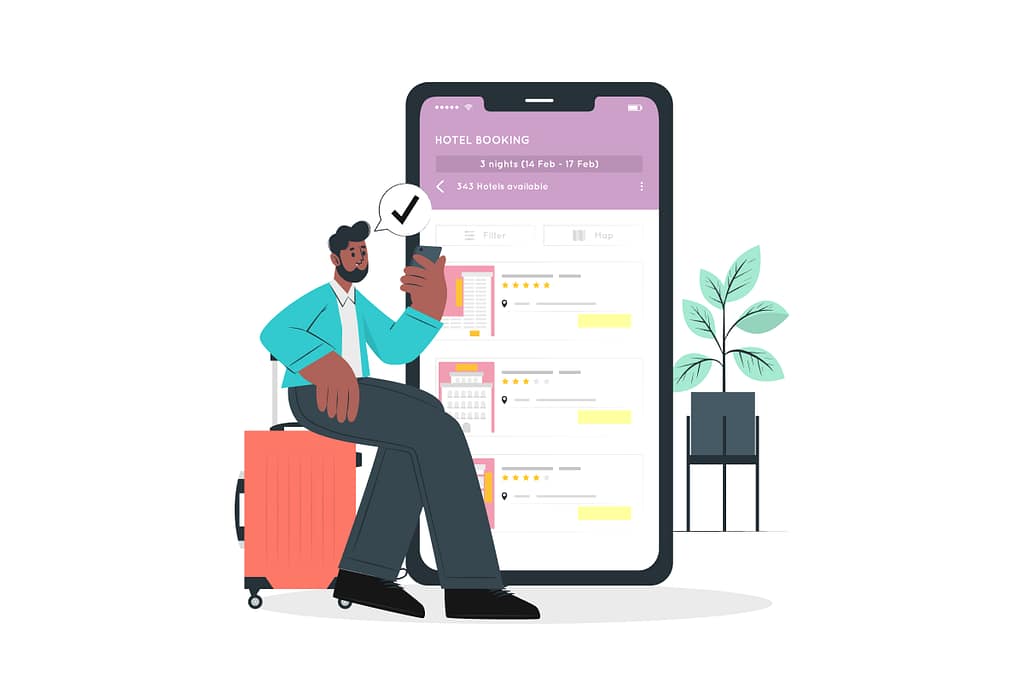
Simplicity in design does not imply a lack of innovation or creativity. Instead, it means a clear, straightforward, and intuitive design that users can understand and interact with effortlessly. Remember, users typically do not want to spend time figuring out how to use an app. They prefer simple, effective navigation, clear call-to-actions, and an easy-to-understand interface.
2. Consistency Matters
Consistency in your mobile app design elements ensures a seamless flow, enhancing the user’s comfort and understanding. This can be achieved by maintaining uniformity in fonts, color schemes, buttons, and overall visual language. Consistent designs make the app look professional and reliable, which, in turn, builds trust among users.
3. Responsive Design
A responsive design is crucial given the variety of mobile devices with differing screen sizes, resolutions, and technologies. Your mobile app design should ensure an optimal user experience regardless of the device. This involves making sure elements are clearly visible and appropriately sized on all screens, ensuring easy interaction and navigation.
4. Interactive Design
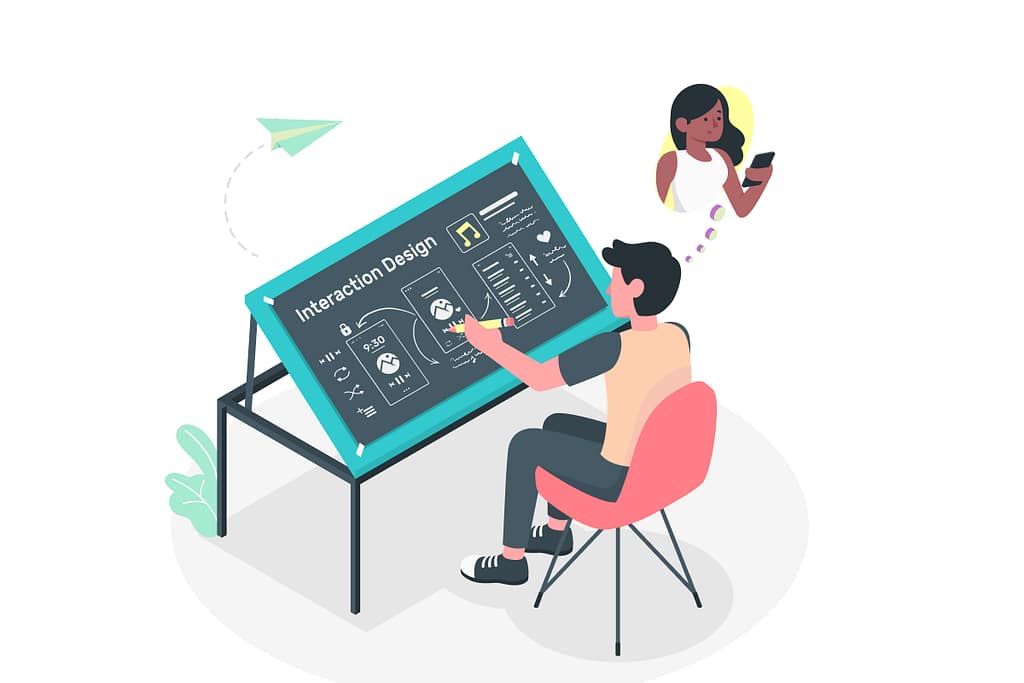
Interactive designs can drastically improve user engagement in mobile apps. Integrating gestures, transitions, and animations can make your app more intuitive and enjoyable. However, these interactions should be used judiciously to avoid overwhelming users or slowing down the app.
5. User-Centric Design
An effective mobile app design should always put the user first. Understanding your target audience’s behavior, needs, and expectations is vital. The design should facilitate ease of use, ensure quick loading times, and deliver value to the user.
6. Loading Speed and Performance
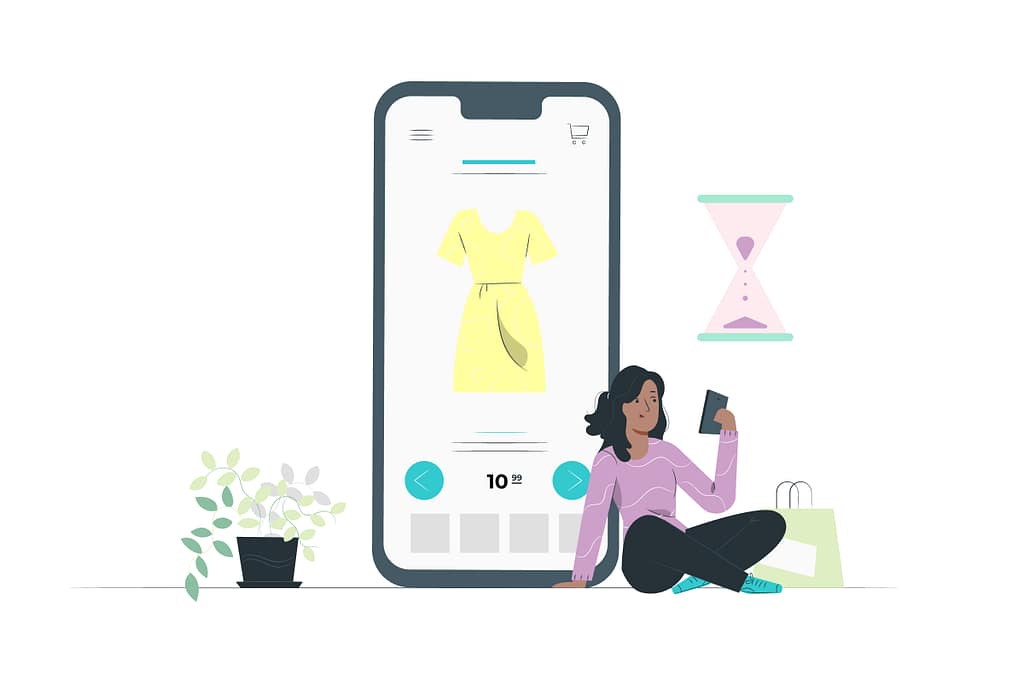
Nobody likes having to wait for an app to answer. The app’s logo shows as it starts up. If the logo remains on the screen for more than a few seconds, the user experience suffers. No matter how attractive your app looks, users will likely abandon it if it takes too long to load or lags in performance. Users will uninstall your app if they experience such delays. Prioritizing performance in your design process will ensure a smooth, fast, and enjoyable user experience.
7. Color and Typography

The choice of colors and typography plays a significant role in defining the look and feel of your mobile app. A consistent and suitable color palette can enhance aesthetics and improve user engagement. Similarly, typography should be easy to read and consistent across the app.
8. Feedback and Error Handling
Providing feedback, such as confirming an action, indicating loading progress, or showing error messages, can greatly enhance the usability of your app. Good error handling and clear feedback mechanisms can prevent user frustration and enhance satisfaction.
9. Offline Functionality
Depending on your app’s nature, considering offline functionality can significantly improve user experience. Users appreciate the ability to access certain features or content even when not connected to the internet.
10. Regular Updates and Improvements
Continual updates based on user feedback and technological advancements are key to the app’s success. Regular updates demonstrate your commitment to user satisfaction, security, and performance.
11. Icons
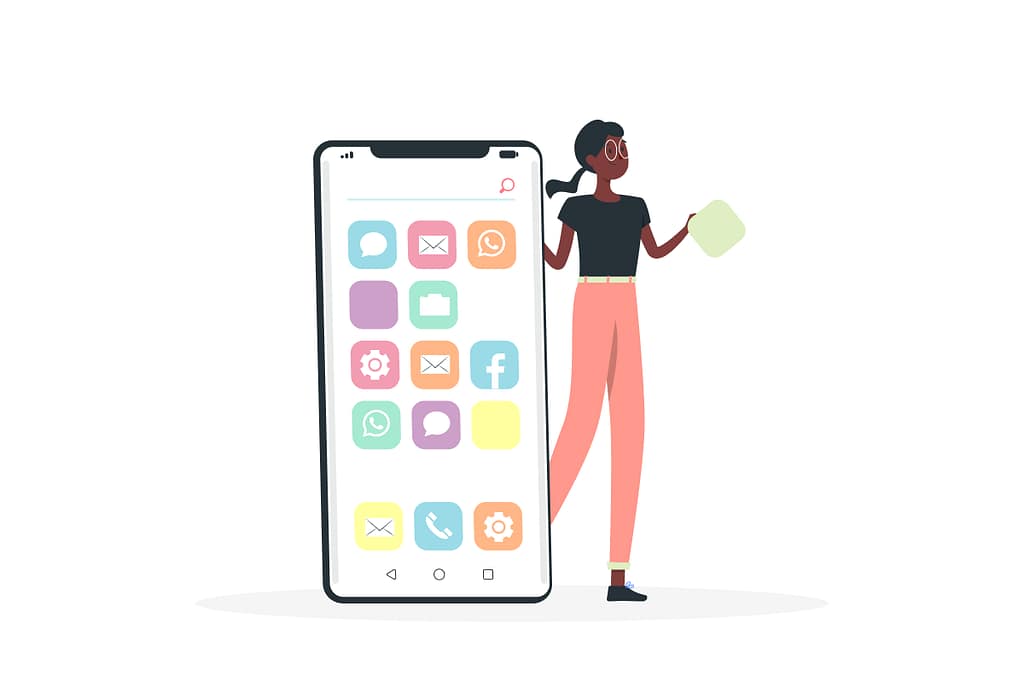
Icons, of course, are essential aspects of mobile app design. Those small graphics are more crucial when creating mobile app user interfaces than you might think. They have a significant impact on users’ overall view of your software. There are different types of icons, but the most important ones include:
App Icons- used to represent the app.
Clarifying Icons – describe specific activities.
Interactive icons- mostly used for navigation.
Decorative Icons – designed for a more appealing appearance.
Whatever icons you use, remember that they must be unambiguous and indicate precisely the type of action you want your clients to take. Avoid any similarities in your app’s user interface that could cause misunderstanding or uncertainty.
12. Illustrations
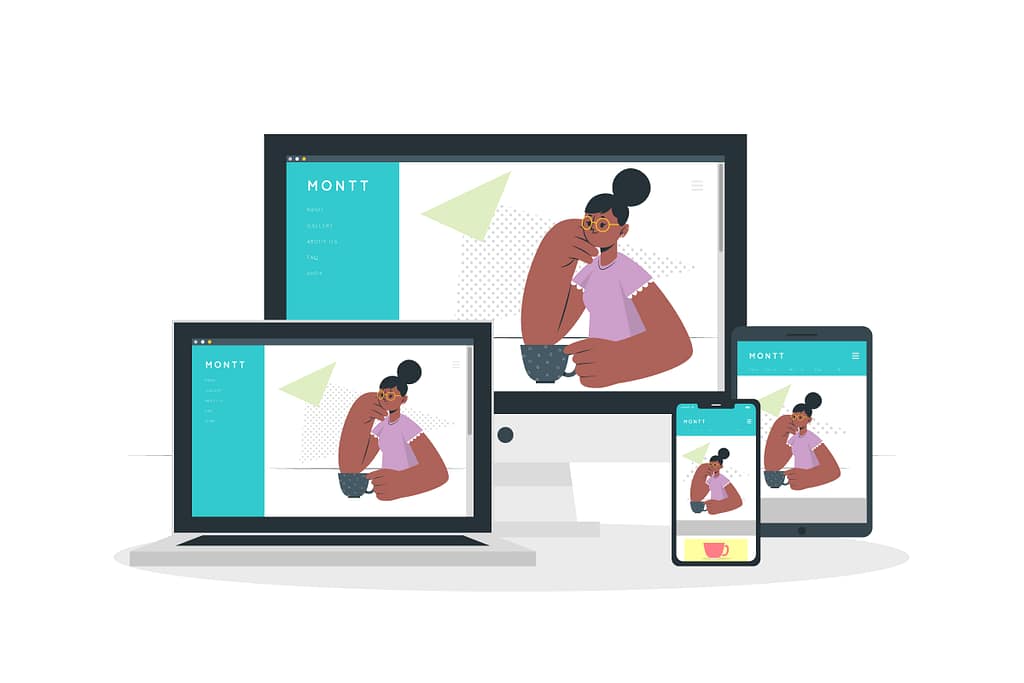
Don’t forget to add graphics to your list of essential mobile app design elements! All creatives included in your app must adhere to the highest quality requirements. Aside from that, they must be treated carefully to reflect the point you are attempting to make with your content. Illustrations, like fonts, must adhere to a given topic and be carefully selected to achieve the desired effect.
Remember that mobile devices come in various sizes and screen resolutions, and you want to deliver the greatest experience possible for all your users. Thus, your app’s user interface should be flexible to diverse devices.
13. Navigation

Aside from colours, fonts, graphics, and other visual impacts, you must ensure that users are not disoriented within your programme. Customers should be able to readily discover what they need from your app, which is achieved through good navigation in the mobile interface. They must know where they are at all times and what the next step is for the desired task.
Use every tool at your disposal to guide them and describe the stages they must take to achieve their goal. You must strike the correct mix between interaction and simplicity, but keep in mind that a complicated interface will not serve any app, not even puzzle games.
Factors to Consider While Designing a Mobile App
When building a mobile app, keep the following factors in mind:
Identify your target audience
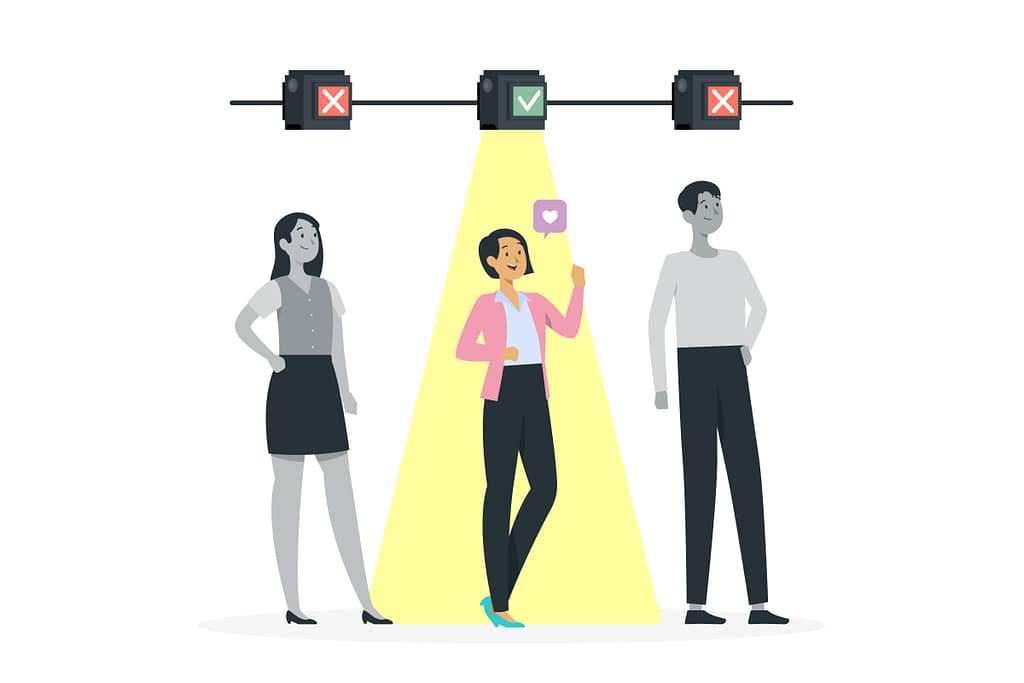
You must first understand your target audience to create an effective UX design approach to your mobile. You cannot make solid mobile app design decisions until you understand your target users. Do the following to ensure that you can optimize the app’s user experience for your target users:
- Perform a competitive analysis
- Determine your target users
Anticipate users needs
When creating your app’s interfaces, keep your customer’s demands in mind. You can deliver a seamless experience for your target audience by identifying users’ behaviours while using your app. The user experience of your app defines whether it is good or terrible.
Prioritize the essential aspects.
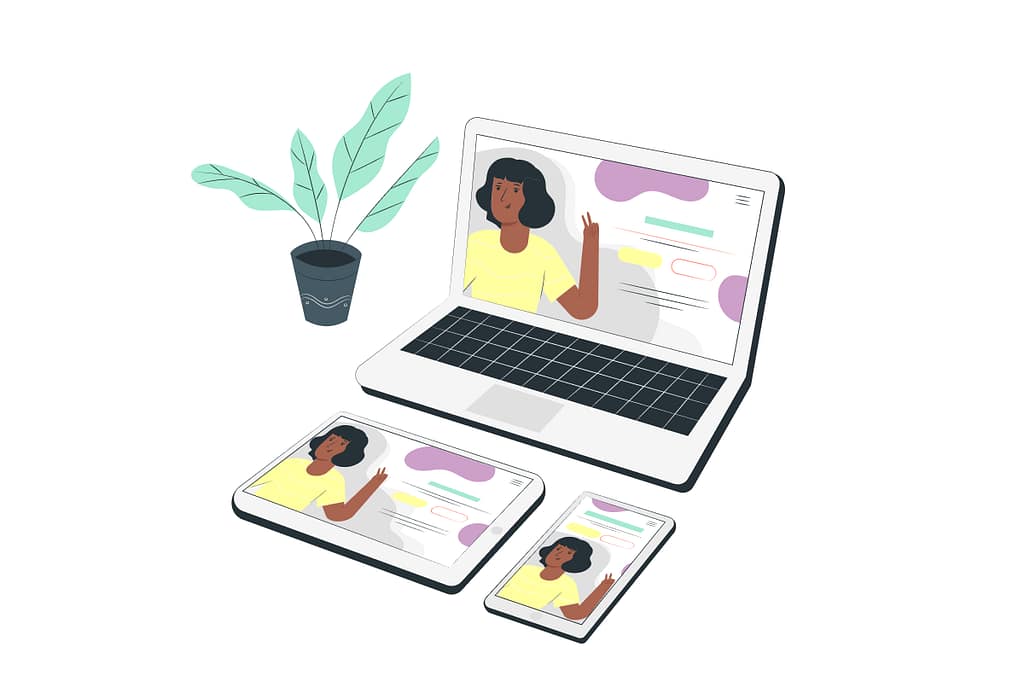
Prioritize the essential features and make them more intuitive and engaging based on your user research and understanding of what consumers want from the app. Once you’ve found effective mobile app design solutions for the app’s key functionalities, you may expand on them to give users more to explore. Fewer features may result in lower user engagement. The scope of the feature set may also directly impact the number of users.
Integrate visual components.
Visuals are crucial in creating the appearance and feel of your app. A visually appealing app satisfies users. Distinctive graphic aspects contribute to a positive app user experience. When using your app, your users may feel more engaged. Colour schemes, typography, and interactive and visual aspects should all be appealing. Their constant use might assist you in completing the app on time and with less effort.
Check if your app is appropriate for its environment.
When people work in the office, they use desktop computer software. People, however, use smartphone apps when they are outside or at home. Users can use their mobile phone apps anywhere, which is highly convenient. When creating your app, choose high-contrast designs with legible components that stand out against their background. Ensure there are no visibility concerns and that users can readily see the text.
Make sure the icons are tappable, and the wording is legible.
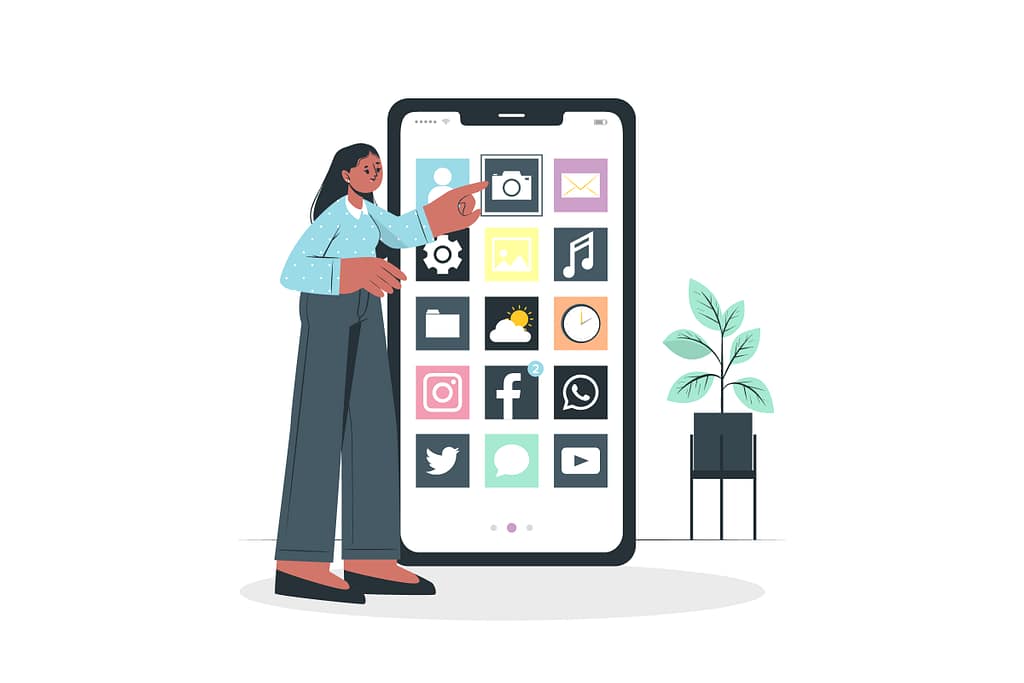
When tap targets fail to function properly, consumers become extremely irritated. If a tap target is too small, it may fail to respond most of the time. Make buttons, controls, and links at least 87mm by 10mm in size to address this issue. Consider what typefaces are easy to read and work effectively at any size. Use large, clear typefaces that are simple to read and understand.
Perform usability testing.
After considering these issues, test your app to see if it meets all these requirements. Every designer has blind spots. Furthermore, consumers’ mental models may differ and cause them to misinterpret your designs. While it may not always occur, developers may bring problems into the app’s operation while coding designs. All of this must be considered while testing the apps. After you’ve launched your app, solicit feedback from your users. If users encounter problems while using your app, make the appropriate improvements.
Final Considerations
After discussing every facet of essential design elements for mobile apps, there is no unique recipe for designing mobile applications; whatever is discussed is merely theory. It is now your job to put all of the tips and suggestions mentioned above into action and to amaze your customers with a functioning but an appealing mobile app that will interest them more and more, with each aspect intelligently added to your mobile app design element for a better impression.
If you are contemplating the idea of developing a successful mobile app but lack the necessary resources and expertise, hiring a professional mobile app design agency could be the perfect solution. In the swiftly evolving world of mobile application design, many agencies have risen and fallen, but only a select few have maintained the consistency to impress with their dynamic offerings. It’s certainly not an easy feat to master every aspect of app design, but some have done so, setting themselves apart in the crowd with their exceptional expertise, eye for detail, and dedication to innovation.
One agency that quickly comes to mind is Wilson Wings. Though it’d be improper to play favorites, it has repeatedly shown a profound understanding of effective mobile app design, from user experience and user interface considerations to ensuring seamless functionality. Wilson Wings’ attention to detail and dedication to customer satisfaction is truly impressive. Their vast experience has led them to be versed in every aspect of mobile app development, consistently proving their finesse by translating their client’s ideas into beautifully executed, intuitive mobile applications. As a result, they have won the trust of many customers and are highly recommended for their excellent work.

